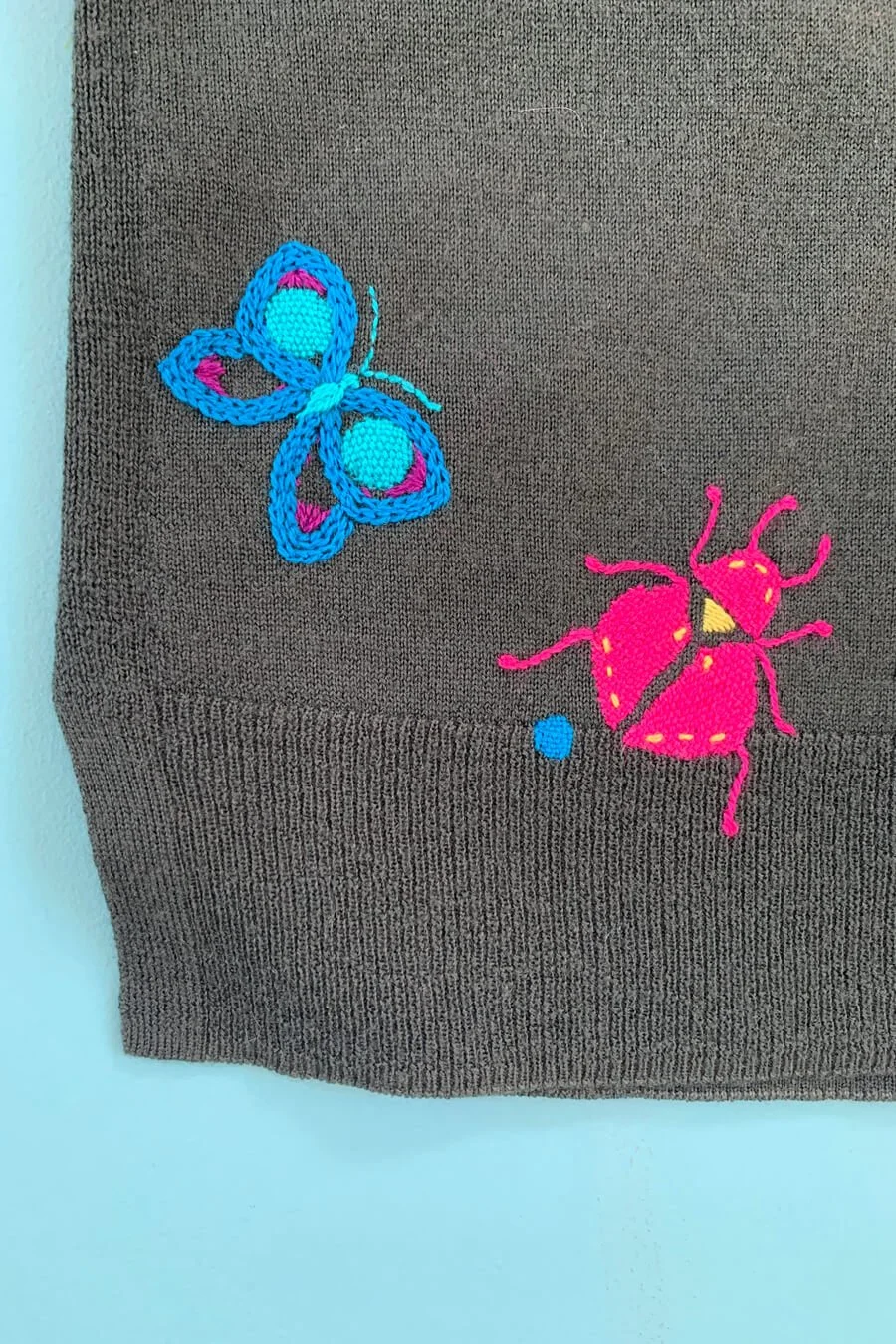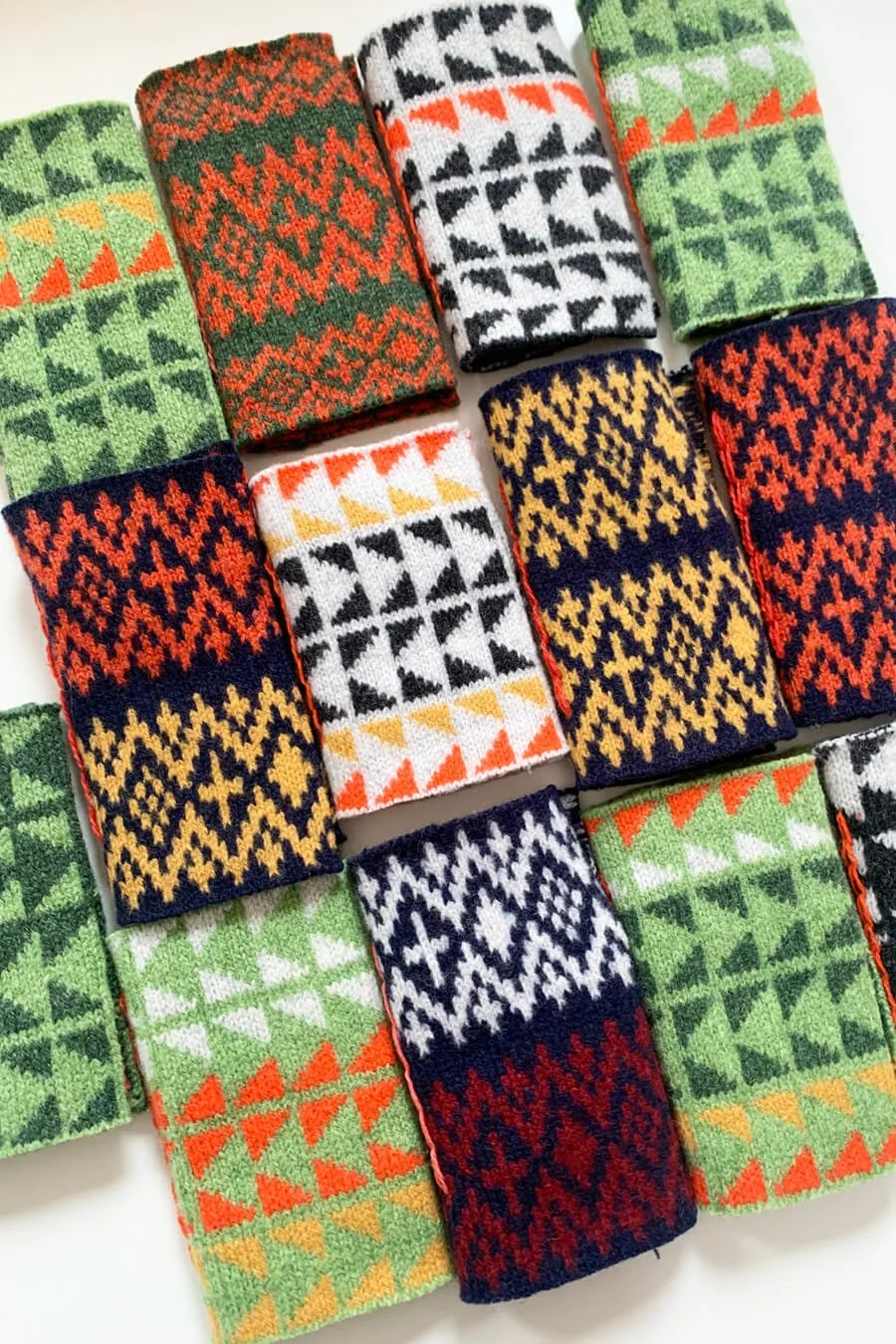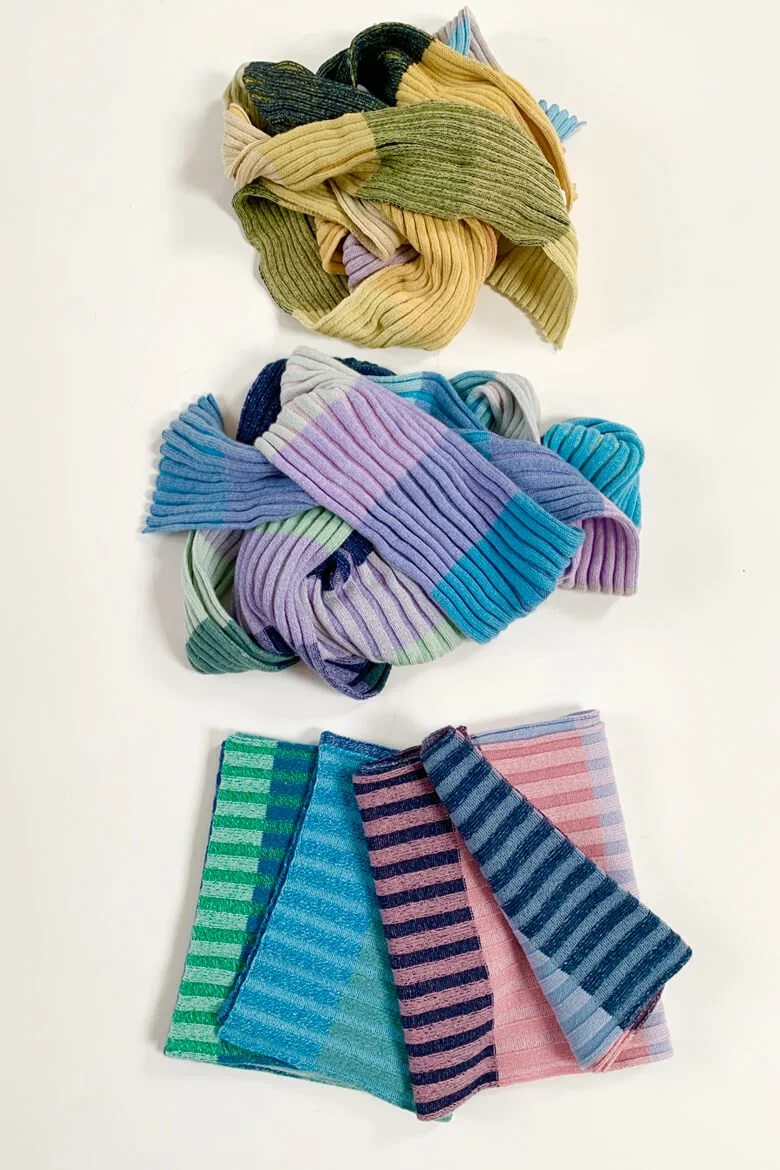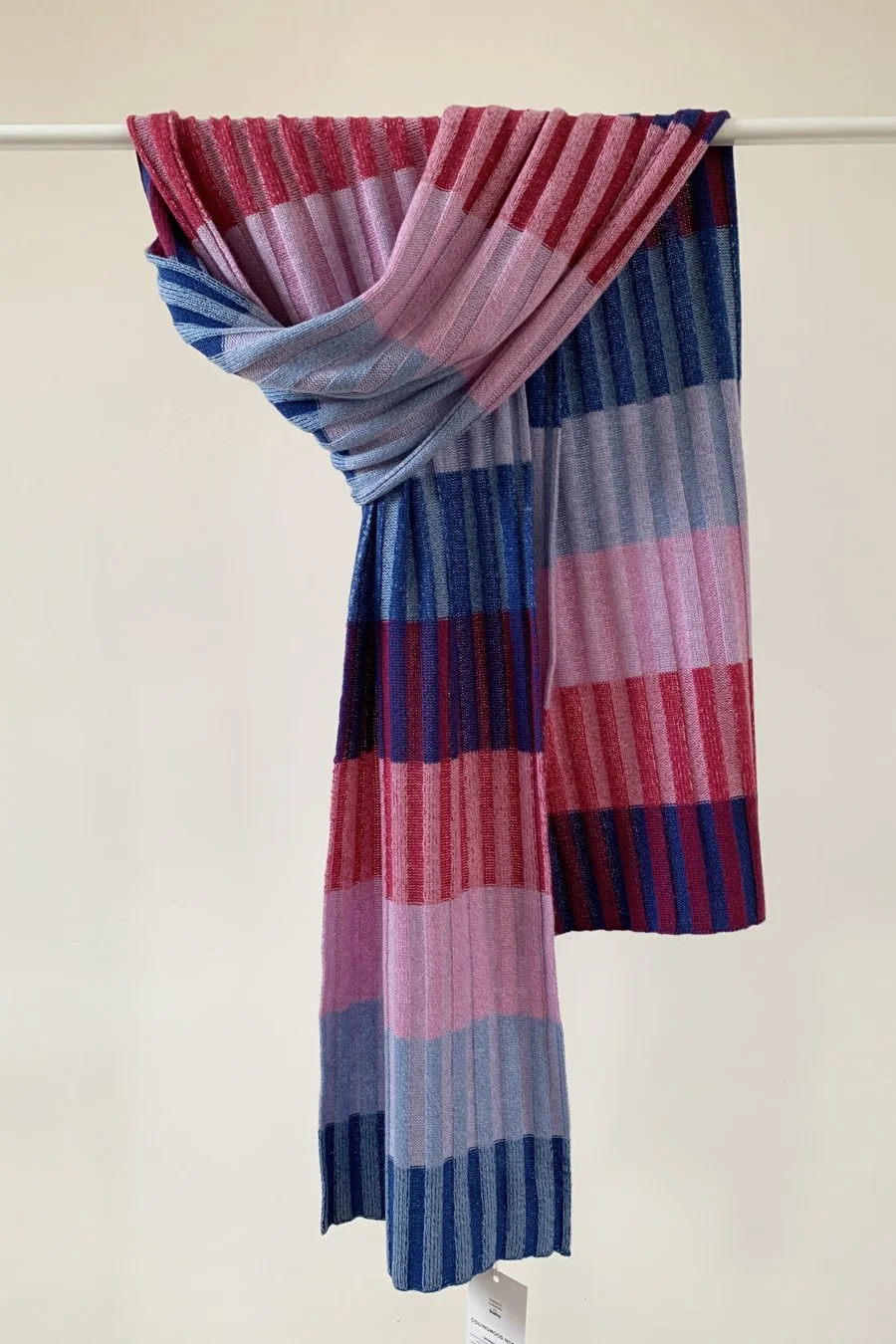Fashion and the Circular Economy
I find great reason for hope that there is increasing interest in creating circular economies and circular fashion. Waste is a huge issue in so many areas of our society, especially in fashion, so any steps to make fashion circular are to be celebrated!
I think it’s easy to talk about circular fashion and circular economies without really understanding what it means, so let’s look at that first.
What is a linear economy?
In a linear economy, materials are extracted, used and then discarded, becoming waste. A fashion/ textile example could be a polycotton garment or bed sheet. Oil gets extracted from the ground, and cotton is grown, using lots of pesticides and water in the process. They are then turned into a fibre, and made into fabric. It gets used for a while, but then thrown away, as it can’t be recycled. The polyester element will take approximately 200 years to turn into microplastics. It’s an extractive process that yields nothing of benefit at the end.
What is a circular economy?
In contrast, a circular economy and circular fashion aims to never have materials become waste, and aims to regenerate nature. Repair, reuse, recycling and composting are some of the ways to keep materials in circulation in order to eliminate waste and pollution.
Years ago I read “Cradle to Cradle” by William McDonough and Michael Braungart, and I found it really inspiring. They were working on architecture designs and manufacturing systems that were circular, inspired by nature, where “waste equals food”. Waste equals food really stuck with me! How can our waste become nutrients or the starting point for something else?
Eliminating waste needs to be designed in at the start of a products life. What happens to it at the end of its life is the big question- can it be repaired? Can it be re-purposed? Can it be recycled? Can it biodegrade?
These are questions I’ve always considered for everything I make at Collingwood-Norris, although I’m not perfect.
I started this business because I believe in creating a better future, and I want to create high quality pieces made to last, with services to help extend their life. I don’t really think of myself as a circular fashion company, but that’s really what I’m aiming to be. I just normally think of it as wanting to reduce waste, but it’s really the same thing.
Choosing materials with circularity in mind
Choosing to work with pure, natural fibres is my first step towards reducing waste and creating products that fit into a circular economy. Wool (the fibre I use most) is natural, renewable, recyclable and biodegradable. I almost never mix my fibre types, to ensure they can be recycled (mixed fibre types generally can’t be) and all the natural fibres I use whether wool, cashmere or silk, will all biodegrade. They can also all be repaired, and the fabrics could be turned into something else if someone wanted to do that.
The only thing that won’t biodegrade is my label, which is something I really worry about. One day I will either find a wonderful alternative, or get rid of the labels all together. The labels can at least be cut off.
Any waste we have here, we try to use. If a scarf can’t be saved (sometimes a yarn breaks and a scarf falls off the knitting machine in the making process) it gets felted and made into little zero waste needles cases. Wool is great for storing needles as it prevents rust, so it’s a little win! Any useable scraps of yarn go into darning yarn scrap bundles, so you can have a variety of yarns to mend with. Tiny amounts of yarn left on cones get turned into mini skeins for darning yarns in beautiful colour palettes.
Design for the end of a products life
One product I’m very proud of is our visible mending kits. I’ve designed these so that they’re completely biodegradable. Most sewing cases have a zip, a popper, a button, elastic or something to fasten it that would mean they can’t biodegrade. Mine have been designed to close without using any of these, so that if you eventually decide yours has come to the end of its life, you can compost it. (I would hope this is decades in the future, and that you would mend it a few times first!). The outer layer of the visible mending kit is wool, the lining is linen, the strap that goes around it is cotton, as is the sewing thread using to stitch it together. It all comes from nature, and it can all return to nature.
Visible mending kits, designed with end of life in mind
Reducing Textile Waste
Collingwood-Norris has evolved over the years, and diverting textiles from landfill has become a very big part of what I do. Teaching you to mend your own knitwear, through my book and through visible mending workshops, is the main part of that, and I do take on mending commissions too. New research by WRAP has found that for every 5 garments repaired, 4 displace a new purchase. Isn’t that fantastic?!
This year, my big project has been to use up industry waste yarns that I’ve bought and have been given. A lot of fashion industry waste happens in the manufacturing process, called pre-consumer waste, and in this case it’s small amounts of left over yarn. I’m able to buy these at a discounted rate, but I don’t get to choose the colours. This yarn is still extremely high quality, it just comes in very small quantities.
The challenge has been to design a scarf that can be made using several different colours in small amounts, as I rarely have enough of any one colour to be used throughout a scarf. My “waste not” cashmere scarves are the result of this, as are my new zero waste merino scarves.
These scarves will last decades with good care!
Going forward, I hope to put more focus on using materials that would otherwise be wasted, and I will continue to champion and teach repair skills. All my work, mending or making, is focussed on using natural fibres, so that if it can’t be repaired or repurposed it can return to nature. Circular fashion is definitely the hope for the future, and I want all my ‘waste’ to become nutrients for something else!
Tips for Reducing Waste and Being Part of a Circular Economy
1: Buy less, and only what you need.
2: Buy with care. Check the garment label and buy good quality natural fibres. Buy second hand, or swap. Do you love it? Will you care for it? Can it be repaired? Will you be willing to mend it? Can it be recycled?
3: Care for your clothes! Again read the care label, follow washing instructions, store appropriately. Fibres like wool don’t need to be washed often for example.
4: Mend! You can repeat this stage many times!
5: If you’re tired of a garment, or it no longer fits, can you swap it? Can you repurpose it? Can it be recycled?
Be a bit wary of donating to charity shops- if the item’s not good quality, it will most likely end up overseas ruining someone else’s landscape and economy.
By buying with thought and care, it becomes much easier to ensure garments don’t end up in landfill and can be part of a circular fashion system instead!













